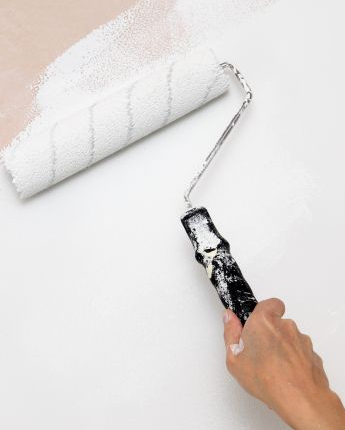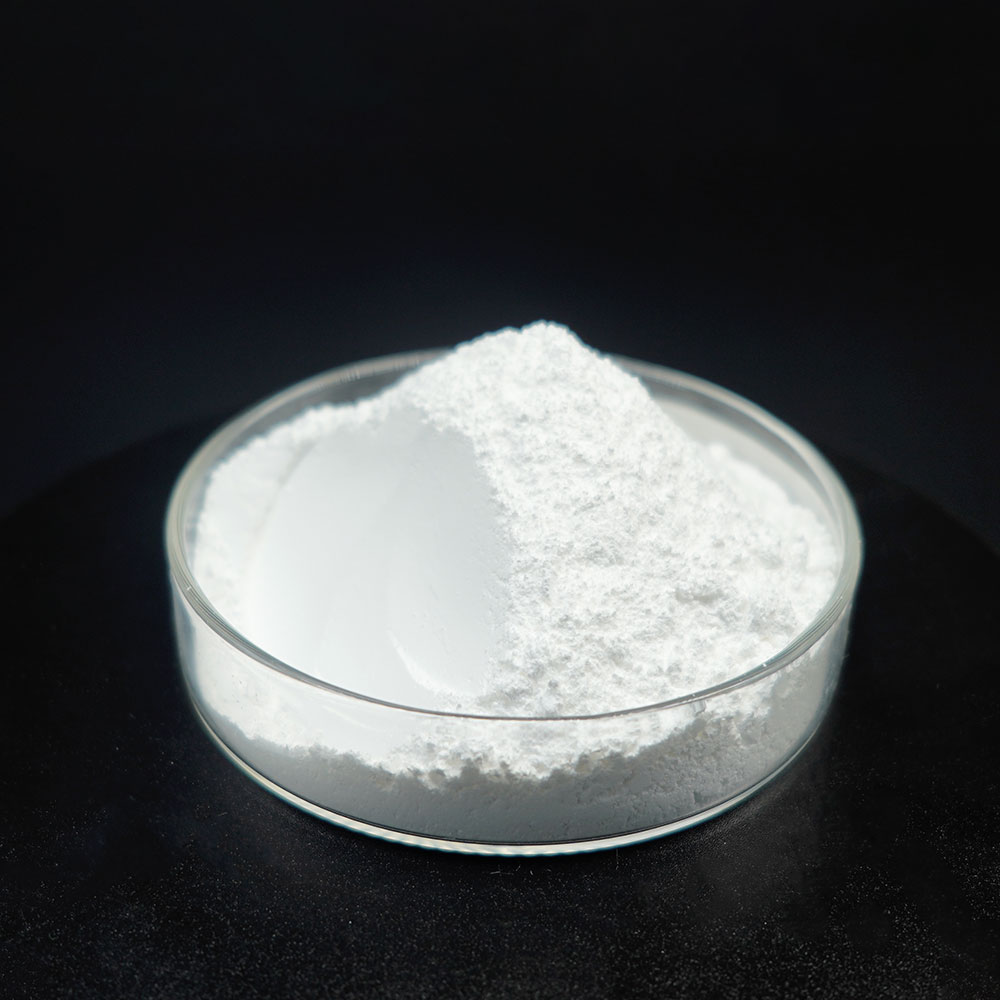Professional solutions on concrete addtives, Concrete Foaming Agent, Superplasticizer, CLC Blocks Additives, and foaming machine
(This study used silica fume as additional material for cellular-lightweight concrete)
What is Foaming agents?
Foaming agents are foam admixtures using a foam generator, producing a stable pre-foam in alkaline conditions. Therefore it is suitable for making foam-containing mortars. The pre-foam added to the premixed mortar should be controlled to achieve the desired density. The mixture used is two parts of aggregate compared to 1 part of cement if the density is below 1000 kg/m3. The foaming agent is a concentrated surfactant solution; hence, it should be dissolved with water before use. The mixing of air bubbles from the foaming agent into the mortar can cause air pores in the mortar. The use of the foaming agent in the foam concrete mixture could affect the stability of the foam, bulk density, microstructure and the resulting compressive strength. The reduction in pore size can affect the compressive strength of foam concrete. There are two foam agents for concrete admixture: synthetic and protein-based. The synthetic-based foam density is about 40 kg/m3 and can expand to 25 times the initial volume. This foaming agent is very stable for density foam concrete above 1000 kg/m3, with the ratio of foam and water being 1:19. Meanwhile, foam made from natural protein weights about 80 kg/m3 can expand about 12.5 times its initial volume. This foam is relatively more stable and has a higher strength than synthetic foam. The ratio of foam and water is 1:33 to 1:39. Process curing of CLC has two methods, namely wet curing and steam curing at atmospheric pressure. CLC is usually given a short wet curing period in the curing process, which is watered down, generally about 1–7 days and then allowed to dry on its own. Meanwhile, steam curing at atmospheric pressure of 50–80° Celsius accelerates the hardening of CLC, shrinkage drying and movement of concrete moisture after drying atmospheric pressure steam for a maximum of 24 h. Water in a concrete mixture has two functions, the first to allow chemical reactions that cause binding and hardening, and the second as a gravel, sand and cement mixture to make moulding easier. The water used must be free of harmful substances such as mud, clay, organic matter and organic acids, alkalis and other salts.
This study used silica fume as additional material for cellular-lightweight concrete
Silica fume is a densified dry powder micro silica admixture for portland cement concrete and mortars. Silica fume contains high levels of SiO2 and is a very smooth, round shape, which has a diameter of 1/100 times the diameter of a cement. In use, silica fume is a partial replacement for cement in a concrete mixture, 5%–15% of the total cement weight. Silica fume fills cavities between cement materials. The filling of holes in concrete has a significant impact on the compressive strength of the concrete. Silica fume is a pozzolan that can react with Ca(OH)2 to produce C3S2H3 as a source of concrete strength. Previous researchers have attempted to increase the strength of concrete with the addition of silica in the mix design. However, only a few studies discuss the addition of silica fume to increase lightweight bricks, especially cellular lightweight concrete (CLC), experimentally and numerically analysed using LUSAS finite element software. Therefore, this study aims to identify the mechanical behaviour of CLC based on the proportion of silica fume substitution in the CLC mortar mixture. CLC is a porous concrete formed mechanically by adding a foaming agent. Many pores in the concrete can limit its strength, making CLC blocks more brittle than clay bricks. Therefore, it is necessary to add alternative materials so that the presence of these pores does not reduce the compressive strength of foam concrete.
Materials and methods of foam concrete
The research method examines aggregate properties consisting of several tests such as water content, volume weight, specific gravity, sieve analysis, silt content, and organic content. The research was initiated by testing the properties of fine aggregates at the Materials Testing Laboratory, Faculty of Engineering, University of Riau, Indonesia. The materials used in this study are Portland Composite Cement (PCC) cement type CEM I 42.5 N, fine aggregate (sand), water, foaming agent and silica fume. In this study, PCC cement from Semen Padang Company, Indonesia. According to Indonesian Standard, PCC cement consists of limestone containing calcium oxide (CaO), clay containing silica oxide (SiO2), aluminium oxide (Al2O3), iron oxide (Fe2O3) and gypsum, which serves to control hardening. Composite Portland cement is the result of mixing Portland cement powder with other inorganic powders. The inorganic materials include blast furnace slag, pozzolan, silicate compounds, and limestone, with a total inorganic content of 6%–35% of the mass of composite portland cement. The fine aggregate in this study used the natural river sand from the Kampar River, Riau Province, Indonesia. This research carried out is sieve analysis to determine the fine aggregate size that meets ASTM standards. The fine aggregate's physical properties and sieves analysis. The grain size distribution of the fine aggregates. According to Ref. Determining the gradation area and type of sand is based on the percentage passing the fine aggregate sieve. The sand in the gradation area was zone 2, sand with slightly coarse grains.
Price of Foam Concrete
Foam Concrete particle size and purity will affect the product's Price, and the purchase volume can also affect the cost of Foam Concrete. A large amount of large amount will be lower. The Price of Foam Concrete is on our company's official website.
Foam Concrete supplier
Luoyang Tongrun Nano Technology Co. Ltd. (TRUNNANO) Luoyang City, Henan Province, China, is a reliable and high-quality global chemical material supplier and manufacturer. It has more than 12 years of experience providing ultra-high quality chemicals and nanotechnology materials, including Foam Concrete, nitride powder, graphite powder, sulfide powder, and 3D printing powder. If you are looking for high-quality concrete additives, please feel free to contact us and send an inquiry. (sales@cabr-concrete.com). We accept payment via Credit Card, T/T, West Union, and Paypal. TRUNNANO will ship the goods to customers overseas through FedEx, DHL, by air, or by sea.
(This study used silica fume as additional material for cellular-lightweight concrete)








